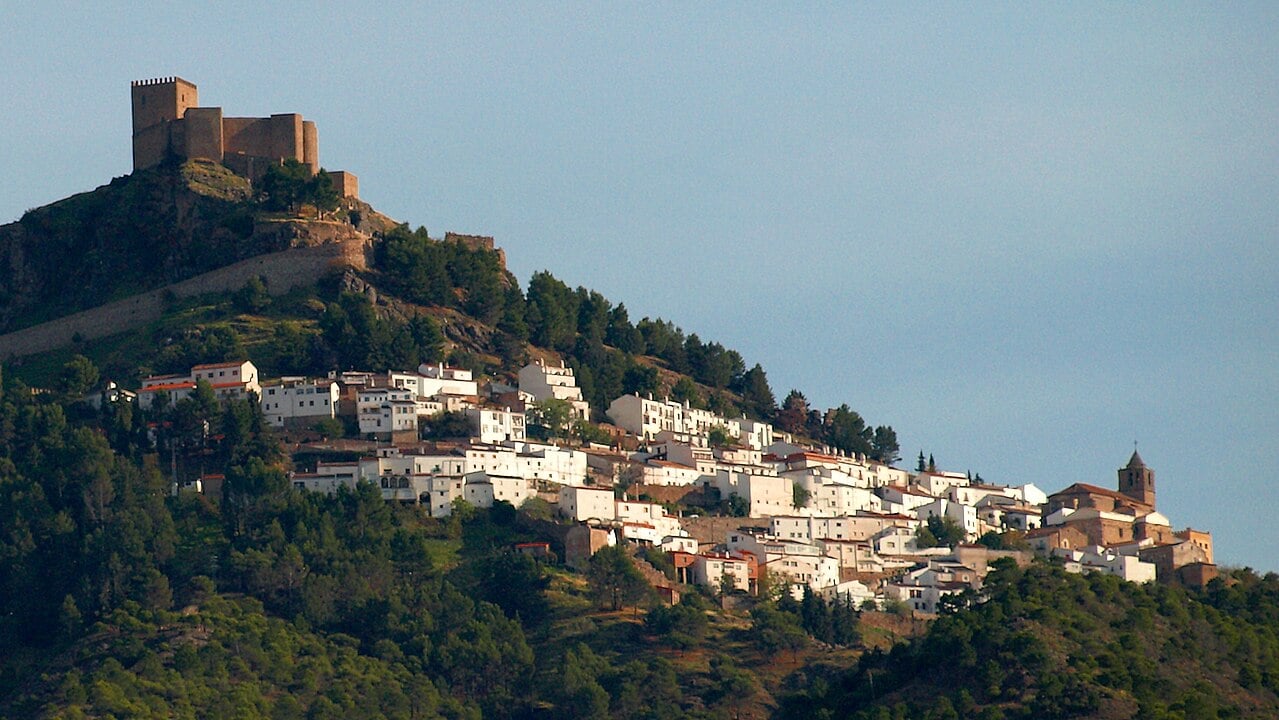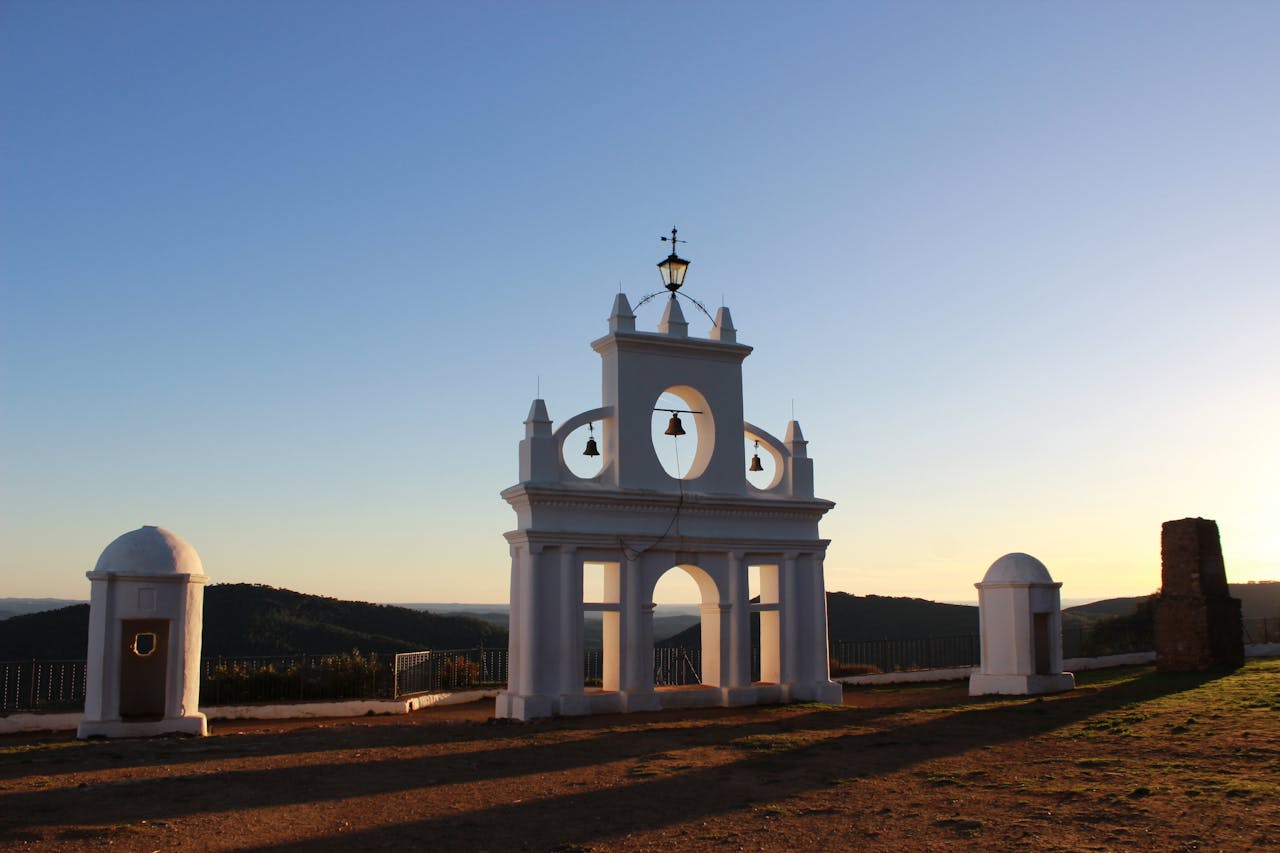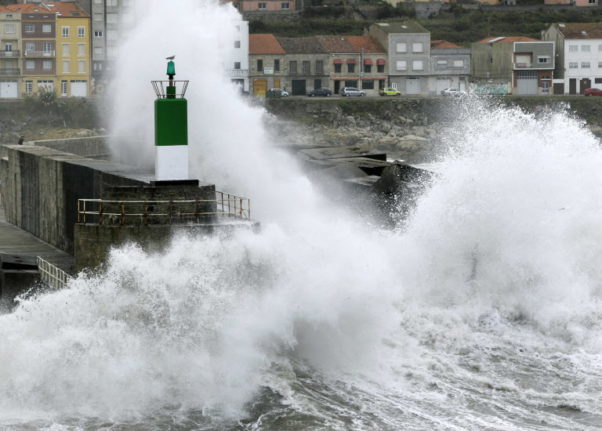Segura de la Sierra, Jaén
Jaén is one of the toastiest provinces in Andalusia come summer, but thankfully there are a couple of places to get away from the worst of it. Some of the best places to head are surrounded by nature, particularly around natural parks. One of the coolest is Segura de la Sierra, located just north of the Sierras de Cazorla, Segura y Las Villas Natural Park. The average temperature here is still 35C in August, but there should be plenty of shady spots to cool down.

Cabra, Córdoba
The province of Córdoba not only the experiences some of the highest temperatures in Andalusia during summer, but also in the whole of Spain. Córdoba always features on national weather forecasts, with the mercury regularly exceeding 40C and often up to 45C. Located in the Guadalquivir River Basin, inland, away from the coast, means it doesn’t benefit from any cool sea breezes. The trick is to head to spots with a higher altitude such as Cabra, close to the Natural Park of the Sierras Subbéticas.

READ ALSO – Escape the heat: Eight places in Spain where it doesn’t get too hot in summer
Trevélez, Granada
The village of Trevélez is the highest village not only in Andalusia, but also in the whole of Spain – it’s altitude ensuring that it’s much cooler than the rest of the area. Located in the Alpujarras, close to the Sierra Nevada mountain range, it lies at 1,400 metres above sea level. The average temperatures in July and August is 29C and 28C respectively. It also boasts cool mountain streams and lower breezy night time temperatures too.

Tolox, Málaga
Located along the coast, Málaga is already one of the coolest provinces in the region, thanks to cool air coming in from the Mediterranean, but it can still feel roasting during the height of August. If you’re looking for cooler temperatures inland, then you can’t beat the town of Tolox, north of Marbella, in the mountains close to National Park of Sierra de las Nieves. Heat levels here hover around 29C in August.

Sierra de Grazalema, Cádiz
Cádiz, like Málaga, also benefits from having a coastline, meaning there are several places to escape near the beaches. Again, if you’re looking somewhere inland, it’s best to head into nature, where the trees and plants keep things a little cooler. The Sierra de Grazalema is a large natural park located west of Ronda, where you won’t suffer as much as other places in the province. Its famous white villages in the mountains are other spots to keep away from the heat.

Cazorla, Jaén
Like Segura de la Sierra, also in Jaén, Cazorla is located near the Sierras de Cazorla, Segura y Las Villas Natural Park. The Sierra de Castril Natural Park is also within striking distance. It’s location means lots of shady trees, higher altitudes, as well as cooling streams and waterfalls. In fact, it’s very near here where you can find the source of the River Guadalquivir, which runs all the way to and through the city of Seville.

Aracena, Huelva
Huelva also benefits from a cooler coastline, but also has a few places inland in which to hide out from the scorching summer heat. One of them is the municipality of Aracena, in the westernmost area of Sierra Morena. It has mild summer temperatures averaging 26C, thanks to its location surround by oak and chestnut forests. Cave systems here, as well as waterfalls mean there are extra places that will provide a respite from the sun too.

Cazalla de la Sierra, Seville
Similar to Córdoba, the province of Seville is known for having almost insufferable summer heat, also reaching up to 40C or more. While many try to escape the capital for the more refreshing spots on the coast, another option could be to head up into the mountains to keep cool. Cazalla de la Sierra is a small village situated in the Sierra Morena mountain range, offering lots of shady hiking routes close to water sources, from streams to waterfalls.

.



 Please whitelist us to continue reading.
Please whitelist us to continue reading.
Member comments